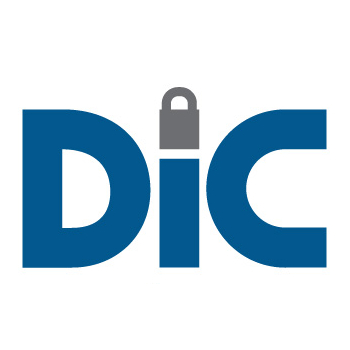Prior to any payment being made, every depositor will be required to provide original evidence of deposit ownership, such as a passbook, certificate of deposit, or the last statement (with paid cheques if applicable), and fill out an official claim form. DIC officials can assist with the filing of claims. Passbooks, certificates of deposit and other documents used to establish the claim for insurance must be surrendered on receipt of the deposit insurance payment.
Frequently Asked Questions
Did You Know?
- Misconception: The Deposit Insurance Corporation (DIC) is empowered to close a member institution. - Fact: A member institution licensed under the Financial Institutions Act, 2008 can only be “closed by or with the approval of The Central Bank of Trinidad and Tobago as a result of financial difficulties.”




